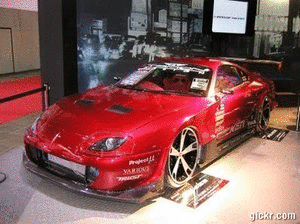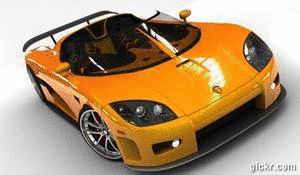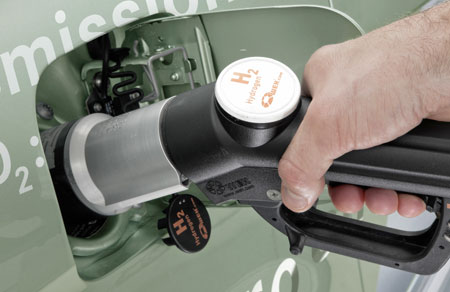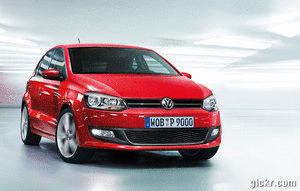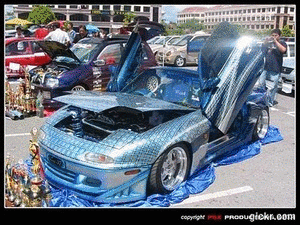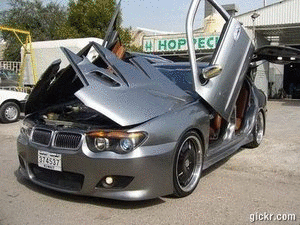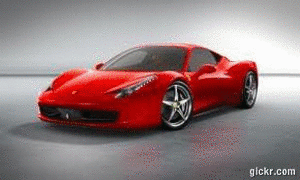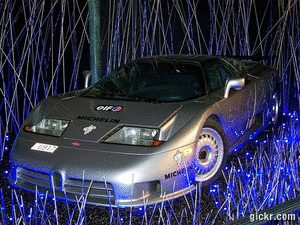UMW Toyota has launched the facelifted Toyota Vios this afternoon. Like most MC (minor change in Toyota speak) cars, the makeover is limited to the front and rear look, wheels and cabin trim while the internals are unchanged. Powered by the tried and tested 1NZ-FE 1.5-litre with 108 bhp and 141Nm mated to a four-speed automatic, the refreshed Vios sees a slight increase in price over the old car, ranging from RM1,100 to over RM2,000 depending on variant. Here are the new prices, which are OTR with insurance:
- Vios TRD Sportivo RM92,000
- Vios G RM87,300
- Vios E RM81,500
- Vios J (A) RM76,090
- Vios J (M) RM71,990
Up front, the main change is the radiator grille, which brings some “Camry style” to the Vios. The grille now has two chrome horizontal bars as opposed to the previous single split, while the fog lamp housings are now in silver. At the launch event, UMWT showed off the range topping TRD Sportivo and the G-spec, and both came with new design 15-inch alloys and door visors. At the back, the MC Vios gets new taillamps that has more detailing compared to the plain old units. The chrome strip above the number plate is also longer and more prominent now. I have a feeling Toyota wanted to give the Vios a “classier” feel with this facelift, and the grille, chrome and multi-spoke alloys are supposed to create that effect.
Inside, the theme continues with piano black trim on the trademark “waterfall” centre console and chrome on the gear shifter base, hand brake knob and door handles (chrome package only for G). There’s also a new steering wheel with its base flattened off slightly and redesigned audio controls on the left spoke. In the G, the wheel is covered in dimpled leather while the TRD Sportivo gets red stitching to match the rest of its red/black cabin. The G gets combination leather seats and a light grey/beige theme, which further enhances the Vios’ airy, spacious feel. Variants lower down the range get dark grey fabric. We don’t get the Thai market’s HUD, start/stop button and AUX jack.
Equipment wise, all variants come with ABS with EBD and Brake Assist. J-spec cars get a driver’s airbag while the rest comes with two. Most of the goodies such as rear disc brakes, 15-inch rims and integrated stereo are only for the TRD Sportivo and G-spec. As before, the TRD Sportivo can be ordered with optional sports suspension. Scanning through the spec sheet, I saw that both manual and auto J-spec cars now come with power adjustable and retractable wing mirrors, which wasn’t the case previously, if memory serves right.
UMWT started taking orders for this car in February, and has over 2,500 bookings in hand as of now. The company plans to sell 32,400 units of the Vios this year and is confident of retaining the model’s No.1 position in the B-segment.
This Rear Brake light reminds me of the Subaru Impreza Version 9 which look quite similar to it.
This is the Rear Brake Lamp for Subaru Impreza Version 8. Looks alike huh?
The Interior
